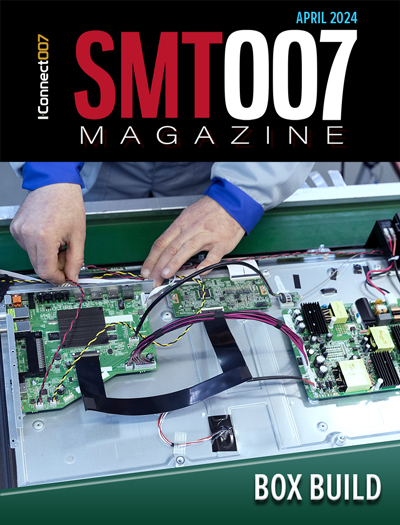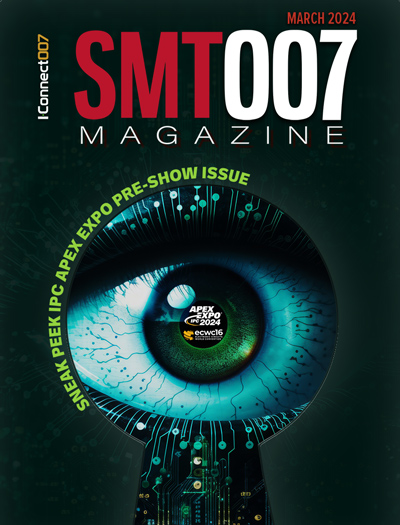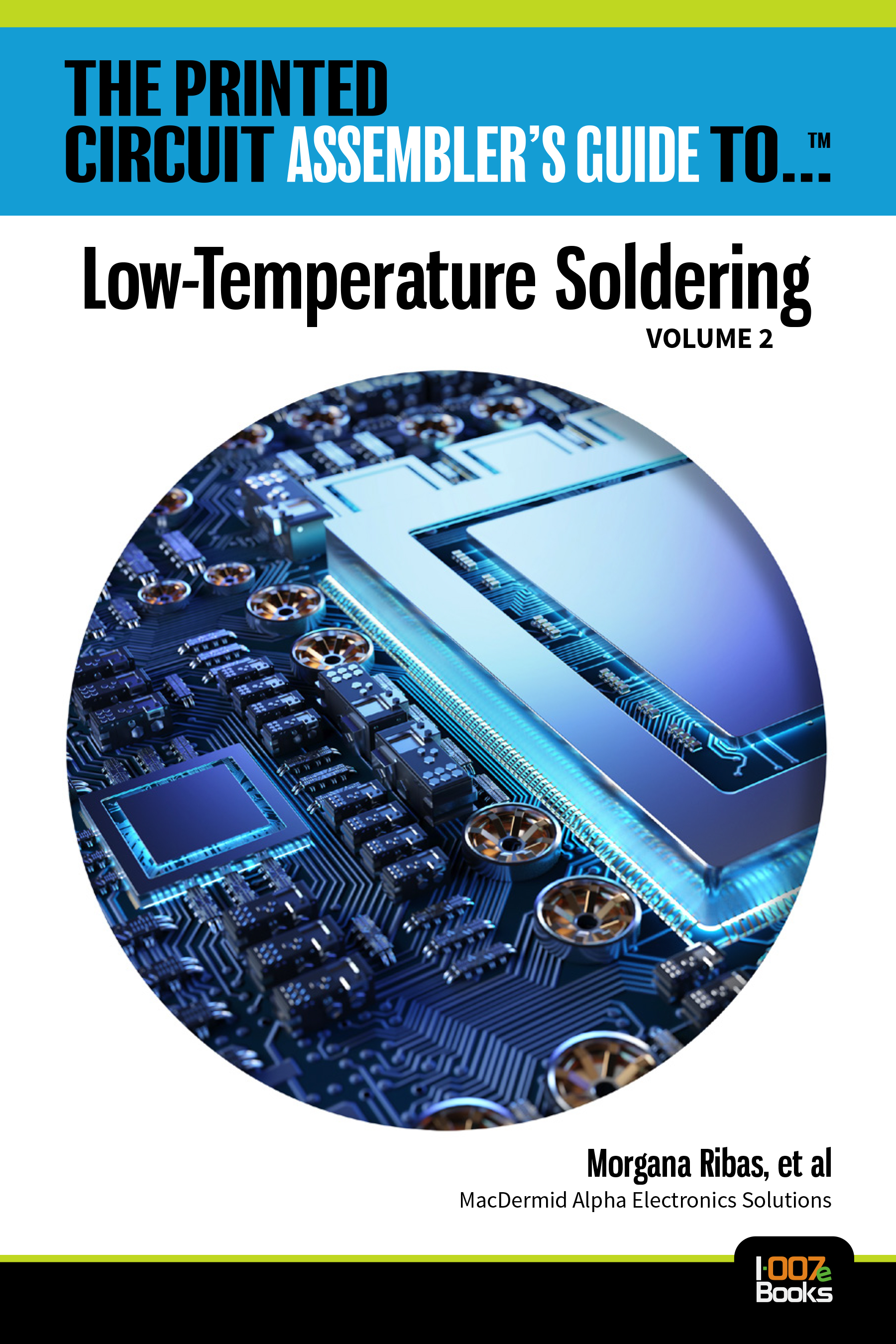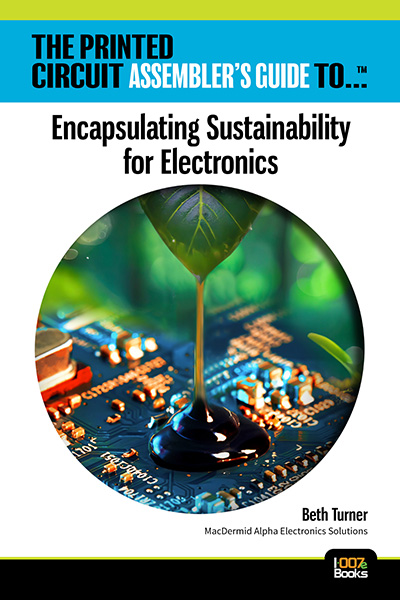-

- News
- Books
Featured Books
- smt007 Magazine
Latest Issues
Current Issue
Box Build
One trend is to add box build and final assembly to your product offering. In this issue, we explore the opportunities and risks of adding system assembly to your service portfolio.

IPC APEX EXPO 2024 Pre-show
This month’s issue devotes its pages to a comprehensive preview of the IPC APEX EXPO 2024 event. Whether your role is technical or business, if you're new-to-the-industry or seasoned veteran, you'll find value throughout this program.

Boost Your Sales
Every part of your business can be evaluated as a process, including your sales funnel. Optimizing your selling process requires a coordinated effort between marketing and sales. In this issue, industry experts in marketing and sales offer their best advice on how to boost your sales efforts.
- Articles
- Columns
Search Console
- Links
- Events
||| MENU - smt007 Magazine
The Importance of Being Earnest (Educated)
May 11, 2016 | Tom Borkes, The Jefferson ProjectEstimated reading time: 1 minute
This is the inaugural offering of a new monthly column in SMT Magazine. We call this cozy corner of the e-zine "Jumping Off the Bandwagon." It is meant to be a safe place for the soft landing of provocative ideas and challenges to the status quo—both for you and for me. It is dedicated to the continued development and improvement of the high-tech electronic product assembly industry, and to you, the human component of that industry.
It is not popular to be provocative and challenge what we have grown accustomed to in our industry as axiomatic. Insecure, myopic management teams in the real world who are dedicated to making this month’s numbers don’t like having their worldview shaken. Faculties and school administrators are upset when they are told that the emperor is wearing no clothes, which is to say that the content and delivery systems of what they are teaching have little relevance to the skills that their customers, the students, will need to lead the companies effectively that employ them in the real world. Moreover, that world is not only real, but also global.
Some of you will embrace the ideas and positions found here and in the columns to follow; some of you will disagree with them, and you may even feel uncomfortable with them. Just remember: These concepts are meant to be disruptive. We have nibbled around the edges of these industry problems for too long. So here we go. Hold your breath and get ready to make the leap OFF the bandwagon. The title of Oscar Wilde’s 1895 stage production plays with the word earnest, referring to both the fictional protagonist, Ernest, and the quality of being earnest—a sincere and serious behavior toward a subject.
In the play, Ernest leads a double life. While in his rural countryside home he maintains his true identity as John Worthing, a proper Englishman who provides a good example for a young girl, his ward. A willing Jekyll and Hyde of sorts, he fabricates a fictional brother, Ernest, whom he must occasionally visit in London—where he becomes that brother, allowing Ernest to act out a much wilder and libertine existence.
Editor's Note: This article originally appeared in the April 2016 issue of SMT Magazine.
Suggested Items
Turning the Relationship Between the Electronic Product Assembly Employer and Recent Graduates Upside Down
01/27/2017 | Tom Borkes, The Jefferson ProjectThe post-secondary educational system must change from being reactive to our industry’s (high tech electronic product assembly business) needs to being proactive. Students that graduate should act as change agents, challenging a company’s status quo by bringing the latest design, production equipment and process techniques to their new employers from their academic experience.
Moving Beyond Paideia: Learning for Earning
08/11/2016 | Tom Borkes, The Jefferson ProjectThe complexities of our technological world and global marketplace now demand the development of specific, saleable skills as part of the student-customer's educational process--and that the template for teaching these skills must be based in the real world. Tom Borkes explains why in this article.
The STEM Trap
08/03/2016 | Tom Borkes, The Jefferson ProjectPost-secondary schools have not been responsive to the changing landscape of the modern electronic product assembly operation—they really can’t, considering the lack of real-world experience of most of the faculty. In this article, Tom Borkes explains why.
The Henry Ford Division of Labor Production Model
05/31/2016 | Tom Borkes, The Jefferson ProjectWe are all aware of what the price of assembling a product is based upon: material cost, number of labor hours needed for the product assembly and test, and labor sell rate in dollars per hour. In this article, Tom Borkes writes why the disparity in labor sell rates is still daunting.
The Jefferson Project, Part 2: Automation as a Counterweight to Low Labor-Rate Assembly
02/10/2016 | Patty Goldman, I-Connect007In Part 1 of this interview, Tom Borkes, founder of The Jefferson Project and the forthcoming Jefferson Institute of Technology, provided his well-researched plan to introduce students to tech manufacturing, as well as discussed the paper he presented at SMTAI. In Part 2, Tom expands on the example set forth in his SMTAI paper, and describes another important tool in reducing labor cost through the reduction of labor content: designing for automation.


